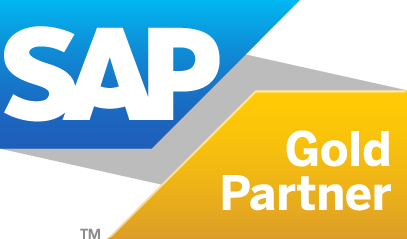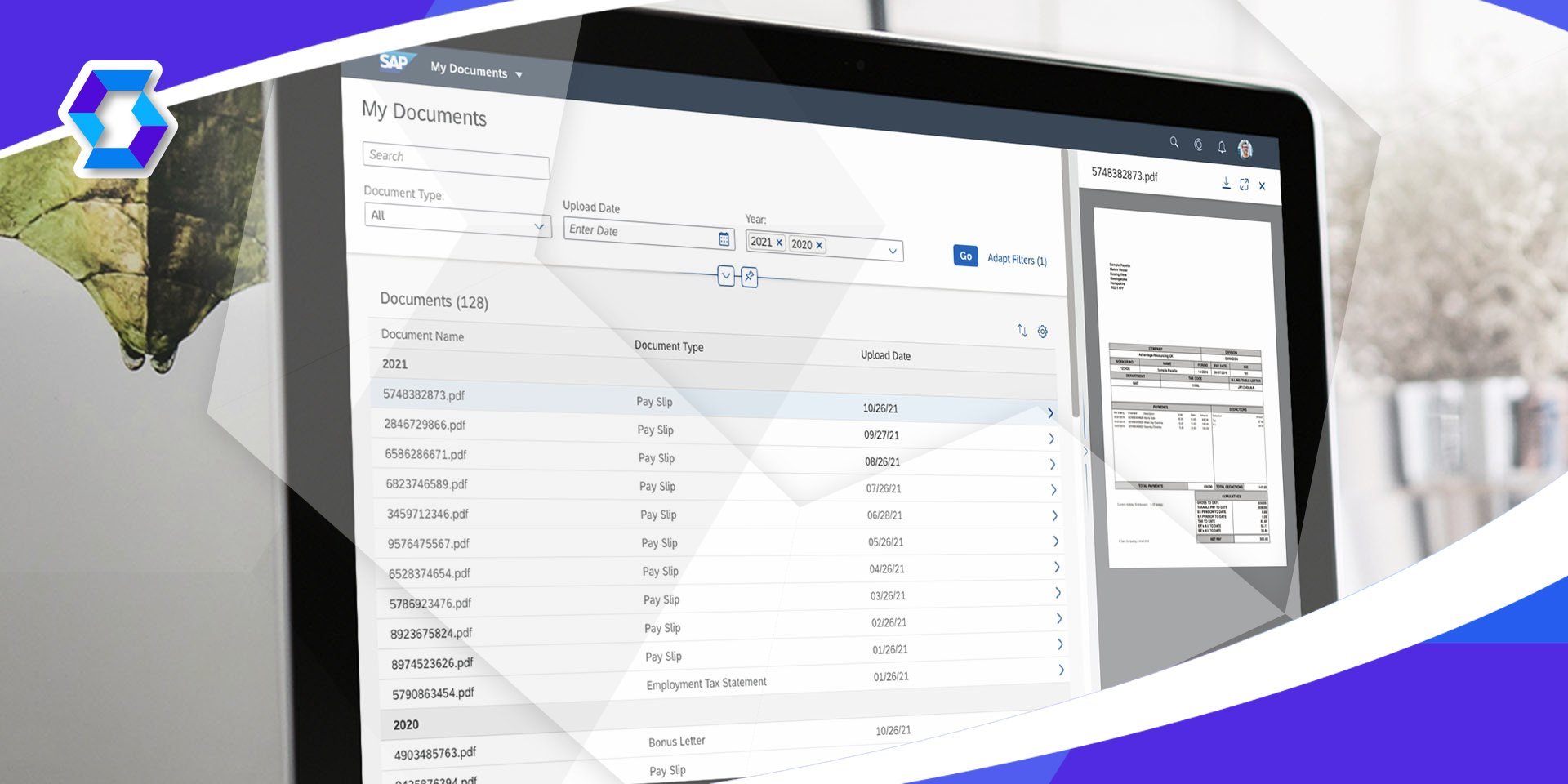What are the Differences Between SAP S/4HANA On-Premise and S/4HANA Cloud Versions?
In this blog, we will compare the SAP S/4HANA On-Premise and S/4 HANA Cloud editions, let's take a look at the editions first to understand the differences and create a better roadmap.

What is SAP S/4HANA?
It was created by SAP in 2015 to take advantage of its performance and data analysis capabilities. S/4HANA runs only on SAP HANA, while SAP ECC can run on a third party database. S/4HANA is designed to manage a more significant amount of data than SAP ECC and R/3 and provides a better user experience with SAP Fiori. In short, S/4HANA prepares businesses and companies for the digital future where they can better integrate their business processes.
SAP S/4HANA
What is SAP S/4HANA On-Premise Edition?
S/4HANA On-Premise edition uses the standard SAP licensing model. It is an internal platform built on servers or virtual machines managed by yourself or a trusted partner, and your company maintains the application software. SAP upgrades are released annually and your team should implement and test these new editions.
SAP makes this edition available in a platform as a service (PaaS) model. PaaS is a computing model in which a third-party provider provides hardware and software tools to users over the internet. A PaaS provider hosts hardware and software on its own infrastructure.
It is best for companies that need a full range of customizable features. This edition is suitable for organizations with complex business processes looking for effective monitoring and configuration.
What is SAP S/4HANA Cloud Edition?
The S/4HANA Cloud edition is hosted only on SAP's servers in SAP HANA Enterprise Cloud and is maintained by SAP. SAP does not allow extensive customizations as it controls the underlying IT infrastructure. This can make S/4HANA Cloud unsuitable for medium to large organizations that require customization of their ERP system to meet business process requirements.
SAP makes this version available in the software as a service (SaaS) model. SaaS is a way to deliver applications as a service over the internet. Instead of installing and maintaining the software, you free yourself from complex software and hardware management by simply accessing it over the internet.
Migrating from any existing ERP solution to SAP S/4HANA is definitely a wise decision. In the SAP S/4HANA migration, we will encounter two versions, as I mentioned above, SAP S/4HANA On-Premise and SAP S/4HANA Cloud. Let's see the salient features and key differences between both editions to help you implement the solution that best fits your business needs, budget and resources.
SAP S/4HANA On-Premise and SAP S/4HANA Cloud both have their pros and cons. The On-Premise edition gives you maximum control over data as everything is saved and protected on your organization's local servers. However, if you have space problems on your servers, you can choose the Cloud version, which also offers fast transactions when you have timing constraints on your ongoing projects.
After checking the key differences, let's take a look at the chart below.
SAP S/4HANA On-Premise SAP S/4HANA Cloud
| SAP S/4HANA On-Premise | SAP S/4HANA Cloud | |
| Licensing method | Traditional licensing | Subscription licensing |
| Infrastructure and maintenance | Responsibility of the Customer's own dedicated IT personnel. | SAP provides the system and is responsible for system maintenance. |
| Privatization | As the company manages all privatization in-house, there is much more flexibility and control in privatization. | Although it can be customized to some extent, there is much less flexibility compared to On-Premise. |
| Implementation | Takes time, cost, effort and the right staff to create a new environment. There can also be a need to purchase additional hardware or software to implement new features. | The Implementation is faster than the other version as it uses a ready-made platform that is pre-provided, implemented and tested by the cloud provider. |
| Integrations | Data transfer between systems are faster and integration over the Internet is relatively simple. | Integration between various enterprise systems can be complex and involves greater security risks as data is sent over the internet. |
| Upgrades and support packages | The Company decides on the frequency and schedule of software upgrades or whether to apply the latest support packages. This option is time consuming and expensive and involves technical or functional resources. | There is less control over an upgrade program compared to On-Premise. However, the cloud provider can inform the customer in advance of upcoming upgrades and the customer can choose the timing and functionality of the upgrade. |
| Scaling | This approach requires long-term planning and commitment to the resources required for scaling. | It is easier, faster and cheaper to scale up or down to meet the changing needs of the company. |
Who can choose SAP S/4HANA On-Premise edition?
SAP S/4HANA On-Premise edition is suitable for any industry organization that needs a full range of features combined with highly flexible customization.
Who can choose SAP S/4HANA Cloud edition?
Midsize companies looking for a lightweight and flexible database platform to scale as they grow should consider the SAP S/4HANA Cloud edition for their business.
It's the best option for companies that need a high-performance offering that covers core business strategies, but at the same time provides greater agility, flexibility and a faster upgrade cycle (quarterly instead of annually). SAP S/4HANA Cloud edition makes sense for organizations that want a platform that is rapidly evolving and can change with their pace.


 Aslıhan Özbozkurt
Aslıhan Özbozkurt


